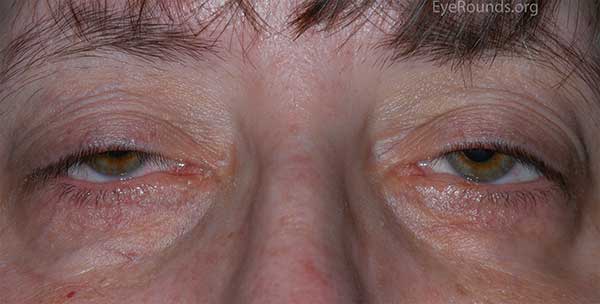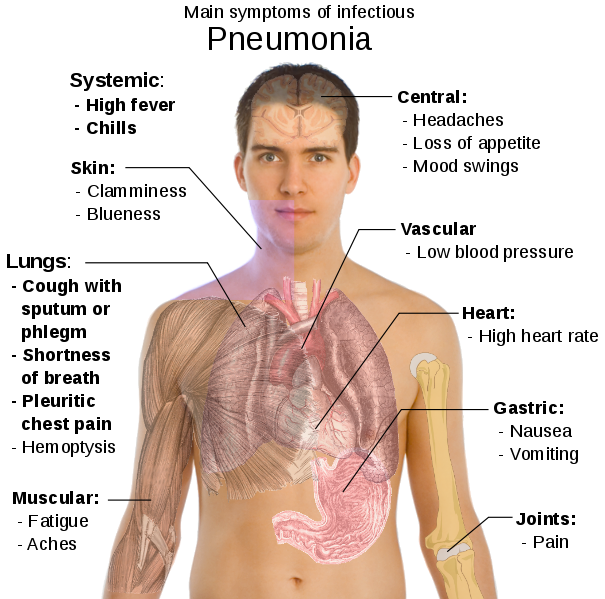My son Chris has had multiple issues with Pneumonia including multiple hospitalizations and ventilator support. I found this nice article on Respiratory support that is pretty technical. The part on General measures is below and you can link here to the actual article..Respiratory Consequences or Neuromuscular Disease. We have done the following with Chris
New Myotonic Family Registry Launching In February 2013
Recently the MDF (Myotonic Dystrophy Foundation) announced the launching of a new patient registry. This registry looks very exciting and apparently will be some kind on interactive database. The database will help both patients and researchers. The patients will benefit by hopefully more easy access to clinical trials that will be starting soon. Researchers benefit by reducing the cost of finding and identifying patients with DM. Click here for the announcement from the MDF Here is the new logo for the Registry
Make sure to sign up for this registry when it is available later this month
MDA Canada Last registration date Today Feb 1, 2013 for $300,000 Myotonic Dystrophy Grants
Muscular Dystrophy Canada and the Institute of Musculoskeletal Health and Arthritis are pleased to announce the third joint competition of the Rachel Fund. Launched originally in 2006, the Rachel Fund is proudly supported by Tribute Communities, a generous donor to Muscular Dystrophy Canada.
Big Business Potential in Myotonic Dystrophy Drugs
My most recent blog post on the “Race for the Cure” For Myotonic Dystrophy drugs and a potential cure had stated that the market size that is reachable for this disease is between 2-5 Billion dollars. Today a recent Wall St. Journal Article “The Big Business of Orphan Drugs” confirms that the market for These type of Orphan Drugs is extremely lucrative for companies and patients alike. Read about Small is Lucrative for Drug Companies. The Wall St. Journal article of course is not available without a Subscription.
The Wall street journal reported that incentives from the FDA to develop so called orphan drugs can mean quicker and more certain approval, tax benefits for the developer, and seven years of protection from competition after approval. Orphan drugs are defined as experimental treatments for disease with fewer than 200,000 patients at one time.
Droopy Eyelids and Myotonic Dystrophy
Myotonic Dystrophy Droopy Eyelid Symptoms
Many of the individuals with myotonic dystrophy run into issues with Drooping Eyelids. Here is some information from Eyeptosis.com
Patients present with bilateral ptosis and a flat facial expression. Myotonic dystrophy can be distinguished from oculopharyngeal dystrophy by the associated systemic findings such as “Christmas tree” cataracts, frontal balding, intellectual impairment, and heart block. In addition, the orbicularis weakness and ocular motility deficits are more prominent in myotonic dystrophy compared to OPMD. Diagnosis is confirmed by genetic testing for an expanded CTG repeat in the DMPK gene.
The disorder known as ptosis of the eye can be caused by many contributing factors including, the condition of myotonic dystrophy, an allergy, botulism, a brain tumor, the onset of diabetes, bell’s palsy or other nerve problems that affect the face, Guillain-Barre syndrome, chronic migraine, Multiple Sclerosis (MS), myasthenia gravis, a stroke, a stye, an abscess, an infection caused by bacteria, Cobra venom, eye or orbital tumor, and Horner syndrome. Other causes might also include other sources of nerve damage, aging, and a change in anatomy, recent eye surgery, nerve palsy, or trauma.
Muscular dystrophy is one of the many causes of Ptosis; therefore, both of these conditions are directly related. Myotonic Dystrophy is a continual wasting of the muscles and because Ptosis of the eye refers to weakening of the muscles as a direct result of the nerve endings not properly working, the muscular dystrophy has the ability to cause this drooping eyelid condition. The muscular dystrophy spreads throughout the body, weakening muscles in its path. This condition can commonly affect several of the body’s muscles from working properly, which is primarily what the condition Ptosis is characterized by (weakening of the eye and eyelid muscles, preventing the proper function) Therefore, muscular dystrophy can indirectly cause the droopy eye condition known as Ptosis.
For more information go to Eyeptosis.com
How is droopy eyelid treated?

The treatment for droopy eyelid depends on the specific cause and the severity of the ptosis.
If the condition is the result of age or something you were born with, your doctor may explain that nothing needs to be done because the condition isn’t usually harmful to your health. However, you may opt for plastic surgery if you want to reduce the drooping.
If your doctor finds that your droopy eyelid is caused by an underlying condition, you will likely be treated for that. This should typically stop the eyelids from sagging.
If your eyelid blocks your vision, you’ll need medical treatment. Your doctor may recommend surgery.
Glasses that can hold the eyelid up, called a ptosis crutch, are another option. This treatment is often most effective when the droopy eyelid is only temporary. Glasses may also be recommended if you aren’t a good candidate for surgery.
Surgery
Your doctor may recommend ptosis surgery. During this procedure, the levator muscle is tightened. This will lift the eyelid up into the desired position. For children who have ptosis, doctors sometimes recommend surgery to prevent the onset of lazy eye (amblyopia).
However, there are risks associated with surgery, including dry eye, a scratched cornea, and a hematoma. A hematoma is a collection of blood. Moreover, it’s not uncommon for surgeons to place the eyelid too high or too low.
Another alternative is a “sling” operation, in which the forehead muscles are used to elevate the eyelids.
Ptosis crutch
The ptosis crutch is a nonsurgical option that involves adding an attachment to the frames of your glasses. This attachment, or crutch, prevents drooping by holding the eyelid in place.
There are two types of ptosis crutches: adjustable and reinforced. Adjustable crutches are attached to one side of the frames, while reinforced crutches are attached to both sides of the frames.
Crutches can be installed on nearly all types of eyeglasses, but they work best on metal frames. If you’re interested in a crutch, consult an ophthalmologist or plastic surgeon who works with people who have ptosis.






